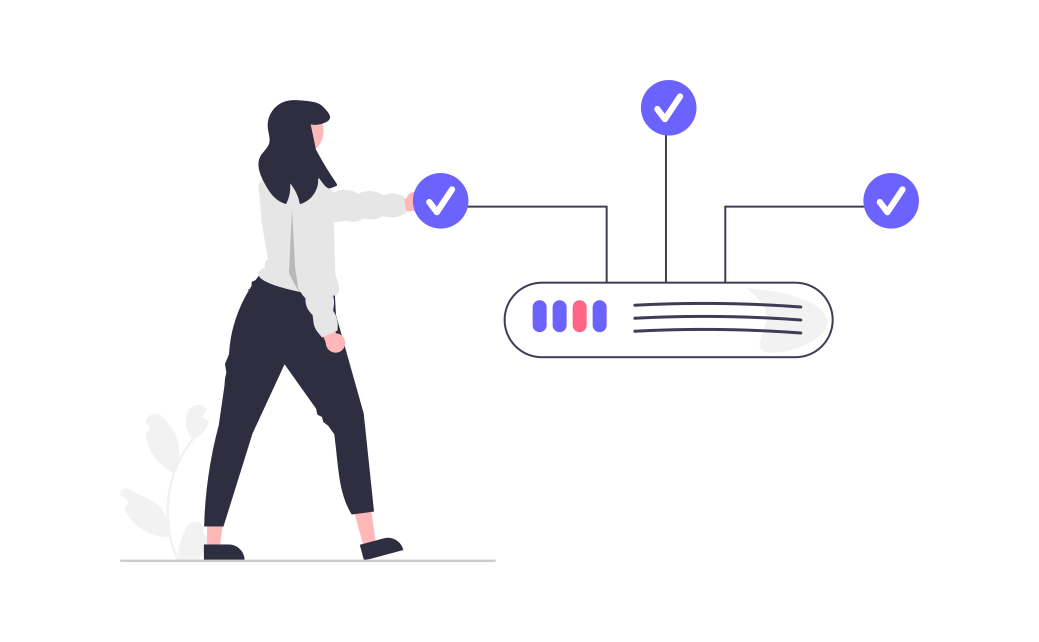In the landscape of account-based marketing (ABM), one of the most powerful tools at a marketer's disposal is multi-touch attribution. This approach offers a nuanced view of the customer journey, allowing businesses to pinpoint which interactions contribute most to an account's progression towards conversion. Implementing and optimizing multi-touch attribution in ABM can transform how you measure success and allocate resources, ensuring that every touchpoint in your campaign is driving value.
Understanding Multi-Touch Attribution in ABM
Multi-touch attribution in ABM goes beyond the simplistic models of first-touch or last-touch attribution. It acknowledges that multiple interactions with different stakeholders within an account collectively influence the buying decision. This model provides a more comprehensive view of how various marketing activities contribute to the overall success of a campaign.
Why Multi-Touch Attribution Matters
In the ABM context, where sales cycles are lengthy and involve numerous decision-makers, understanding the contribution of each touchpoint is critical. Multi-touch attribution allows you to:
- Gain a Holistic View: Understand the entire customer journey, rather than focusing on isolated touchpoints.
- Allocate Resources Effectively: Identify which touchpoints drive the most value and ensure your budget is spent efficiently.
- Improve Campaign Precision: Use detailed insights to refine your messaging and targeting strategies, increasing the overall effectiveness of your campaigns.
Key Steps to Implement Multi-Touch Attribution
Implementing multi-touch attribution in ABM requires careful planning and execution. Follow these steps to integrate this model into your marketing strategy:
-
Define Your Objectives: Clearly outline what you want to achieve with multi-touch attribution. Are you looking to improve ROI, optimize resource allocation, or gain deeper insights into your customer journey? Defining your goals upfront will guide your approach.
-
Map the Customer Journey: Identify all potential touchpoints that an account may encounter during its journey. This includes interactions across various channels, such as email, social media, webinars, and direct sales contacts. Ensure that your map reflects the complexity of B2B buying processes.
-
Integrate Data Sources: Consolidate data from your CRM, marketing automation tools, and analytics platforms to ensure all touchpoints are tracked accurately. Data integration is crucial for providing a complete picture of the customer journey.
-
Choose a Multi-Touch Model: Decide on a specific multi-touch attribution model that aligns with your objectives. Popular options include linear attribution, time-decay attribution, and custom-weighted models. Each offers a different perspective on how credit is distributed across touchpoints.
-
Set Up Tracking and Measurement: Implement tracking mechanisms to monitor the performance of each touchpoint. Use UTM parameters, cookies, and CRM tracking to ensure every interaction is captured and attributed correctly.
-
Analyze and Interpret Data: Once your model is in place, regularly review the data to identify trends and insights. Look for patterns that indicate which touchpoints are most effective in driving conversions and adjust your strategy accordingly.
Optimizing Multi-Touch Attribution for ABM Success
To get the most out of multi-touch attribution, continuous optimization is essential. Here are some best practices to refine your approach:
-
Regularly Reevaluate Touchpoint Weighting: Over time, certain touchpoints may become more or less effective. Reevaluate and adjust the weighting of each interaction to reflect its current impact on the customer journey.
-
Leverage Advanced Analytics: Utilize AI-driven analytics tools to uncover deeper insights from your multi-touch attribution model. These tools can help identify subtle patterns and correlations that manual analysis might miss.
-
Collaborate Across Teams: Ensure that both marketing and sales teams are aligned in their understanding and use of attribution data. Regular meetings to discuss findings can lead to more cohesive strategies and better resource allocation.
-
Iterate Based on Performance: Use the insights gained from multi-touch attribution to iterate on your campaigns. Continuously test new strategies, channels, and messages to see what works best and refine your approach over time.
The Impact of Multi-Touch Attribution on ABM
When effectively implemented and optimized, multi-touch attribution can have a transformative impact on your ABM strategy. It not only provides a clearer understanding of the customer journey but also enables more informed decision-making. By identifying which touchpoints are driving the most value, you can allocate resources more effectively, improve ROI, and ultimately drive more successful outcomes for your campaigns.
Conclusion
Multi-touch attribution in ABM is more than just a method for tracking campaign effectiveness—it’s a strategic tool that can significantly enhance your marketing efforts. By implementing a well-structured multi-touch attribution model and continuously optimizing it, you can gain deeper insights into your customer journey, improve resource allocation, and increase the overall success of your ABM initiatives. As the marketing landscape evolves, the ability to accurately measure and understand the impact of every touchpoint will be key to staying ahead of the competition.


